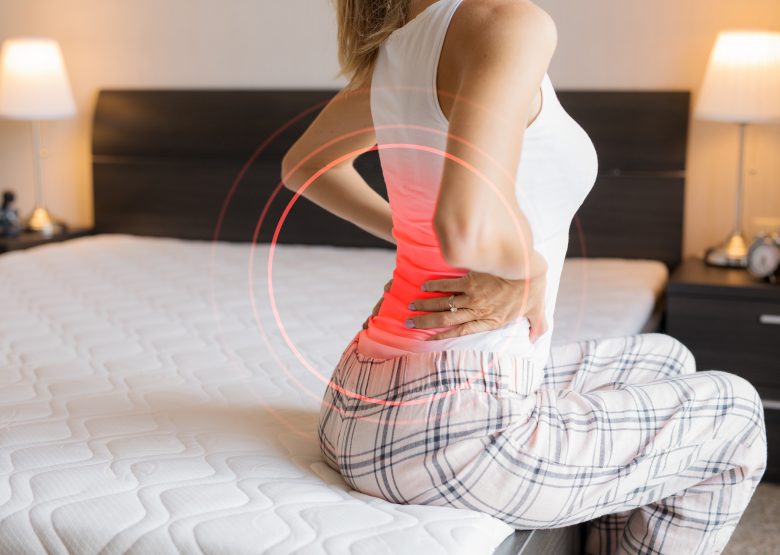Pain can prevent us from doing what we love. Specifically, back pain, which unsurprisingly is so common that 80% of Americans suffer from it, and it can be pretty limiting when left untreated. So, if you suffer from back pain after COVID, hopefully this article will help you find some relief.
Leading causes of back pain after COVID-19
Back pain may be spawned by several factors, from injury to arthritis, poor posture, and yes, even COVID-19. However, it can be difficult to pinpoint what is causing it. Here are some of the most common causes why COVID-19 patients suffer from back pain:
Inactivity: Inactivity is a common issue among those recovering from COVID-19, due to sitting and lying down for prolonged periods of time. This sedentary phase may lead to stiffness in the back, body aches, and possible weight gain, which can contribute to higher pain levels.Lack of movement leads to an unfortunate cycle of low energy levels, poor activity tolerance, and decreased strength, making it difficult to participate in daily activities without excessive stress on the low back.
Inflammation: Recent studies have shown that back pain is one of the most common symptoms of COVID-19. In fact, A 2020 study found that 43.6% of people with COVID have reported this incidence. This may be linked to poor mobility but also to increased inflammation. But, how does this occur? Cytokines are small proteins responsible for an effective immune response by regulating inflammation. When a virus enters our body, the immune system detects it, and our defenses are activated to eliminate the threat. Once removed, the immune system returns to normal. However, in some cases, the immune system cannot stop this response. The result is a generalized inflammatory response that causes distress. This prolonged response is also known as “Long COVID,” which was recently acknowledged by the WHO. Yet, there is still too little evidence to pinpoint why this affects some people more than others.
Excessive cough: If you pay attention, you’ll notice that your back hurts every time you cough. This occurs because coughing causes pressure in the chest and as the area becomes tenser, it prevents your muscles and tissue from relaxing, inducing back pain due to irritated low back joints. When we suffer from respiratory diseases, it is common to experience prolonged periods of dry coughing.
Other causes of post-COVID back pain include:
Working from home, often with a poor ergonomic office setup. This can dramatically affect your posture, causing upper and lower back pain, as well as neck and shoulder aches.
Increased stress, which can lead to interrupted sleep, muscle tension, and joint stiffness, as well as negatively affecting mental and emotional well being. Stress increases the risk of overall muscle strain mainly because it promotes tension and also because it lowers our pain threshold, making it difficult for muscles to completely relax.
How to relieve back pain after COVID
Whether you’re suffering from upper or lower back pain after COVID, there are many things you can do to relieve joint and muscle aches. Let’s dive in!
1. Practice mobility. We suggest you start with gentle exercises to regain strength and improve your mobility and flexibility. By gently mobilizing all major joints (including neck, shoulders, chest, hips, and legs) you’ll be able to restore mobility and release tension, which will help reduce back pain and any other muscle soreness you may have. We recommend a full-body approach because feeling tension in other areas of the body can directly affect your back.
2. Fix your posture. It is no news that good posture can reduce back soreness. In contrast, bad posture can cause back and neck pain, headaches, muscle fatigue, and overall body aches. To learn how to improve your posture, especially during COVID times, you may want to read our latest article:DOs and DON’Ts of Posture And Recommended Movement Breaks
3. Focus on your breath. Did you know that breathwork can help reduce chronic pain? Researchers have found that adding breathing exercises in the treatment of low back tension is beneficial, especially when combined with gentle movements that help calm the nervous system and relax the body. In physical therapy, breathwork is integrated with gentle isometric movements, which are steady muscle contractions. Low-intensity isometric movements are a great way to activate muscles without causing further inflammation. Consequently, this is an excellent restorative exercise for people with weaker muscles. By strengthening the body and improving mobility, the pain will start to disappear.
4. Avoid vigorous physical activity. Vigorous physical activity, such as running, high impact training, or carrying heavy loads is counterproductive for individuals who suffer from back pain as it may worsen the condition. So, instead of smashing your gym workout, get back on track with mild strengthening techniques to reinforce all the major joints, such as your neck, shoulders, elbows, hips, knees, and ankles. This will also prevent injuries by improving functional mobility and balance.
5. Try our favorite exercise routines for back pain. Incorpo studio offers a wide variety of functional and restorative workouts tailored to your needs, combining a variety of movements such as Pilates, Soma Training, and Functional Range Conditioning.Our mission is to help people access personalized online training, so they can improve their posture, reduce discomfort, maximize mobility, and strengthen their bodies. Additionally, we offer progressions for up to 5 levels so that you can make the most from the comfort of your home.
Try our collection of back pain relief exercises exclusively on our platform:
Pilates Full Body Mobility – “Unwind your spine”.
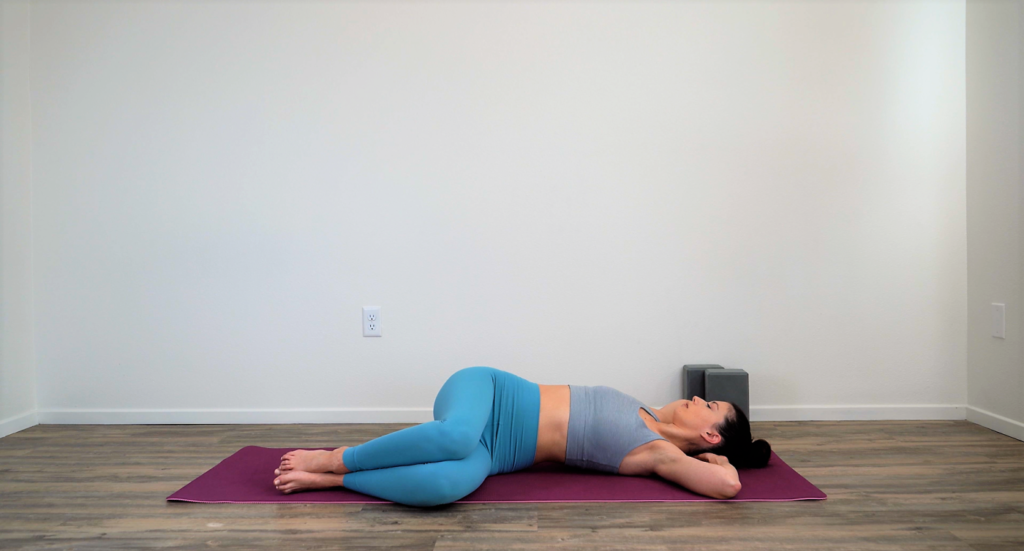
FRC Full Body Strong – “FRC Full range control.”

ELODA: “ELDOA, General”.
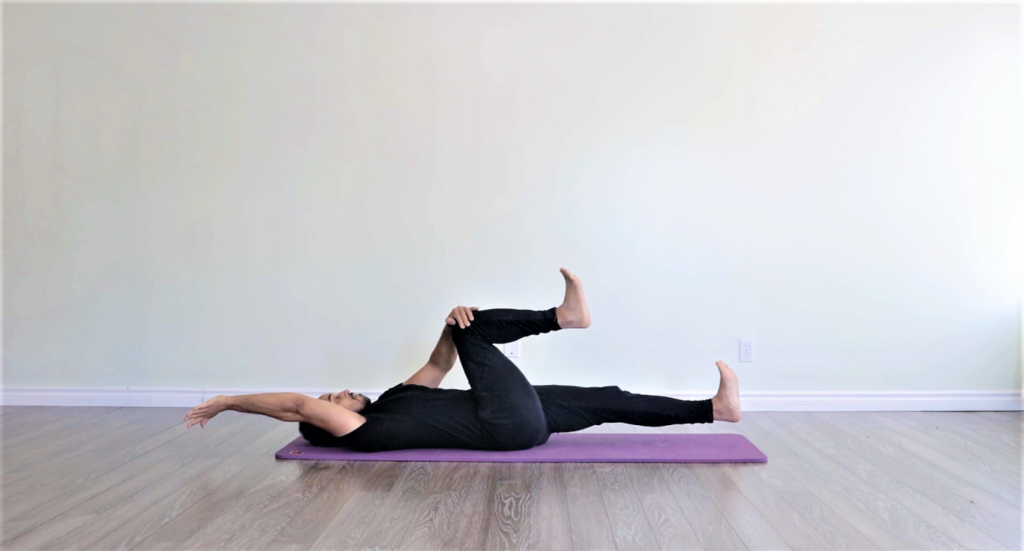
Final takeaways
The spine is a complex structure that can be compromised by a number of things, including genetics, poor posture, and injuries. If you know how to mobilize and strengthen your body, you will more easily be able to relieve overall muscle and joint pain.
Hopefully, this article has helped you find ways to relieve post-COVID backache. If you have any questions, let us know, and don’t forget to check out the videos on our platform, which will provide you with useful exercises to get rid of post-COVID back pain.
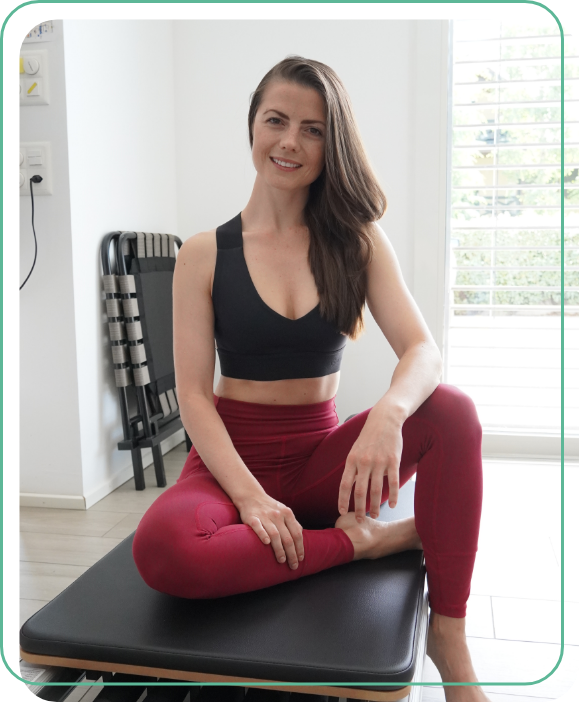
mila aleshina
curator
STOTT PILATES INSTRUCTOR, FRC MOVEMENT SPECIALIST, ELDOA PRACTITIONER
“It’s not enough to just get fit, you should be building a body that helps you enjoy your hobbies and activities without limitations.”
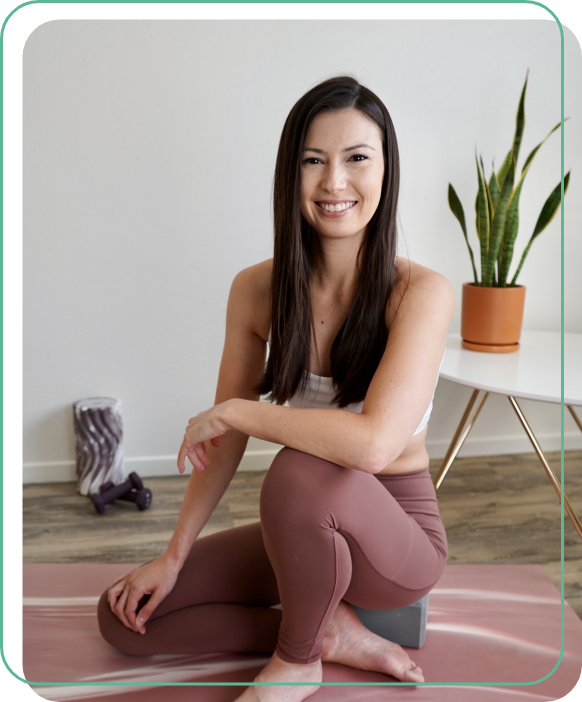
amanda shin
curator
DOCTOR OF PHYSICAL THERAPY, POLESTAR PILATES INSTRUCTOR
“It’s more than just a workout, it’s a lifestyle. A lifestyle that will make you feel fitter, healthier, and more confident in yourself.”
